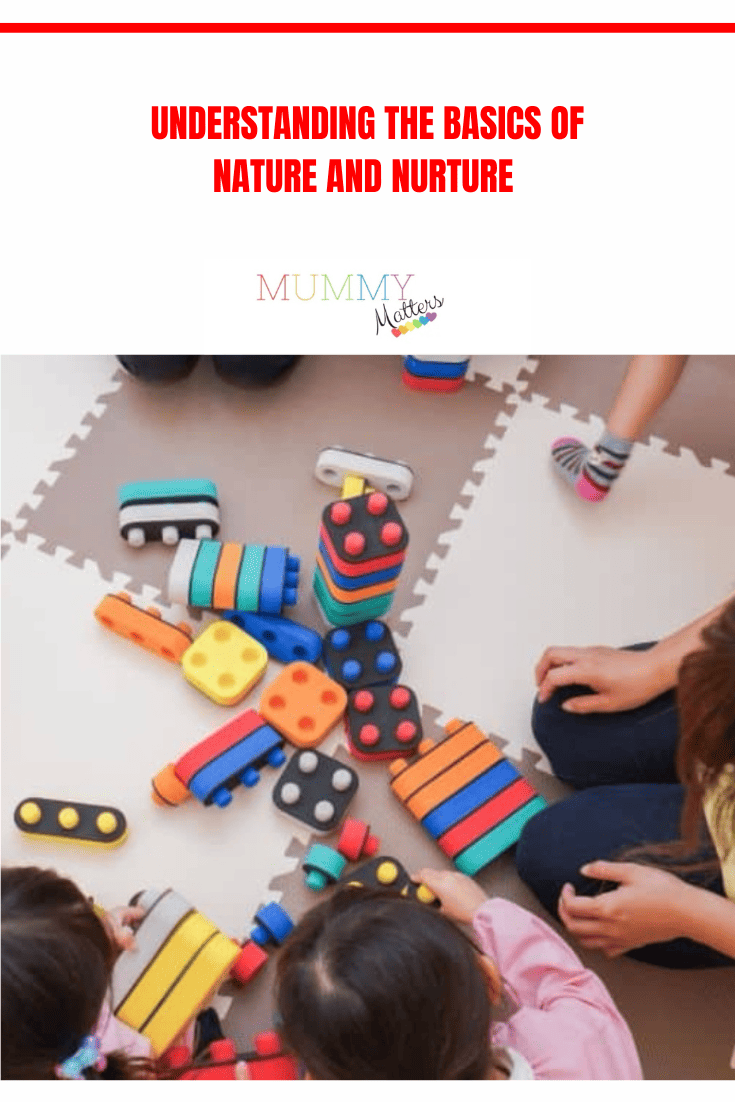Nature refers to the genetic and biological factors that contribute to our makeup. It includes the genes inherited from our parents, which determine aspects like physical appearance, temperament, and even susceptibility to certain health conditions.
Nurture, on the other hand, encompasses the environmental influences that shape us. From the warmth of a mother’s embrace to the educational tools presented to a child, from dietary habits to cultural norms – all these are facets of nurture.
When discussing genetics, it’s fascinating to consider how much of our behaviour and capacity to learn can be traced back to our DNA. While the genetics of behaviour and learning are complex, it’s an area that’s garnered significant attention and research.
Behavioural Genetics

Behavioural genetics is a field of study that explores the role genes play in our behaviour. Studies often involve twins or families to assess how much of a specific trait, such as intelligence or temperament, is inherited.
‘Heritability’ is a term that quantifies how much variation in a trait within a population can be attributed to genes. For instance, research indicates that IQ has a heritability of around 50%. This doesn’t mean half of an individual’s intelligence is from their genes, and the other half is due to their environment. Instead, it means that about 50% of the variability in IQ within a population can be attributed to genetic differences.
Gene-Environment Interactions
While certain genetic factors can predispose individuals to specific behaviours or learning capacities, the environment they’re exposed to can magnify or mitigate these predispositions. For instance, a child with a genetic inclination towards reading might never develop a love for books if they’re not exposed to reading materials or if they face discouraging environments.
The Multi-Faceted Nature of Learning and Behaviour

Traits like intelligence, attention spans, or tendencies towards certain behaviours are not dictated by single ‘genes’. Instead, they’re polygenic, meaning they’re influenced by multiple genes, each contributing a tiny amount to the outcome. Additionally, epigenetics – changes in gene activity without alteration to the DNA sequence – can also play a role. These changes can occur due to environmental factors, experiences, and even actions and decisions, highlighting once again the intricate dance between nature and nurture.
Recognising that your child’s behaviour and learning capabilities are influenced by both genetics and environment can empower you. While you can’t alter their genetic code, you can offer them environments that complement their genetic predispositions, thus enabling them to reach their potential. Encourage their strengths, understand their challenges, and remember that every child’s genetic makeup is unique, making their learning journey distinct.
Of course, raising a child is not about choosing between nature and nurture but understanding the dance between the two. While you might not have control over the genetic code, the nurturing environment you create can shape your child’s future in profound ways. Every hug, every book read, and every exploration is a building block in their development. Embrace both the inherent traits your child comes with and the limitless possibilities of what they can become with your guidance and love.
Observe Your Child
Observing your child can also be quite revealing. Monitoring when and how they reach developmental milestones or contrasting their behaviours and preferences with siblings or peers can offer insight into genetic and environmental influences. Furthermore, nursery school often becomes a window into understanding a child’s development in comparison to their peers. Engaging in parent-teacher dialogues or attending child development workshops can elucidate aspects of the nature-nurture balance.
For a more in-depth understanding, professionals play a pivotal role. Child psychologists, for instance, can discern whether certain behaviours stem from genetic predispositions or environmental factors. Those particularly curious might even consider genetic counselling, although it’s crucial to approach such avenues with care and open-mindedness.
Participation in parenting groups can also be beneficial. Sharing experiences and observations with other parents can bring a broader perspective on commonalities and differences among children. Looking inward, reflecting on one’s family history and considering recurrent patterns in traits and behaviours can hint at genetic influences.
Introduce New Experiences and Keep Track

In terms of environment, parents can experiment by introducing new activities or routines at home and keenly observing any shifts in their child’s reactions or inclinations. It’s also worthwhile to stay abreast with the latest research in genetics and child psychology, given the rapid evolution of these fields. Documenting milestones, behaviours, and unique instances in a journal provides a tangible record, enabling parents to track patterns over time.
But amidst all this analysis and observation, it’s paramount to remember the individuality of each child. While broader principles offer guidance, each child boasts a unique blend of genetic and environmental influences. Celebrating this individuality and recognising the myriad factors shaping it is essential. Ultimately, the journey of understanding is about ensuring that every child is provided with the best environment to thrive, tailored to their unique self.


